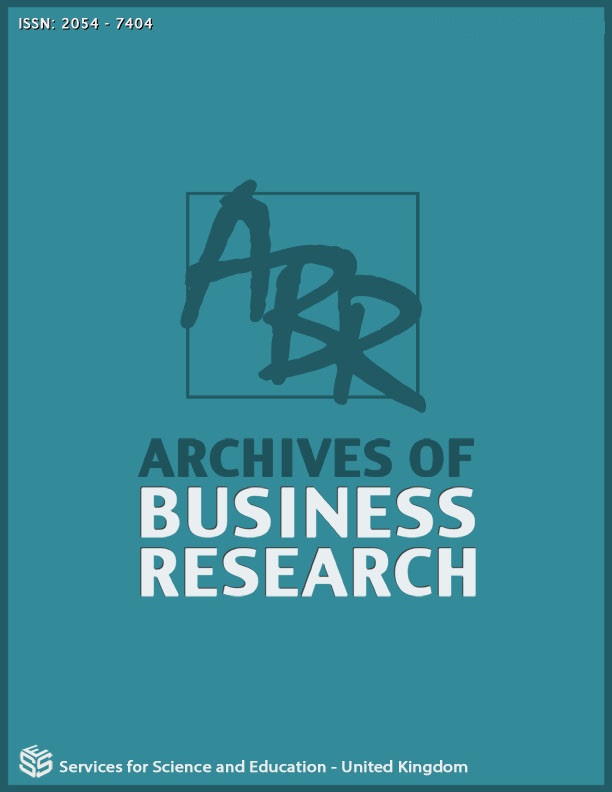Assessment of Training Requirements for Employees of Maquiladora Industry on the US-México Border
DOI:
https://doi.org/10.14738/abr.1112.15958Keywords:
Maquila Industry, Industrial Sectors, Mexico-US Border, SWOT, Statistical data analysisAbstract
A priority of the maquiladora industry is to hire a skilled workforce. Thus, this research explores the opportunity to assess the requirements of technical training and/or educational services in business for a new market: The technical training of employees of the Maquiladora Industry on the US-México border. If Laredo, TX can be recognized as The Gateway of International Trade, then Texas A&M International University (TAMIU) can be acknowledged as the essential Higher Education Institution in International Business given its "business strengths” (AACSB & SACS Accreditation, A. R. Sanchez School of Business (ARSSB), Western Hemisphere Trade Center (WHTC), Bachelor, Master, Dual MBA, (double degree) and Ph.D. Programs, Professional Certifications, QM Courses, Signature Courses, etc.); consequently, we can consider that this research is parallel to Laredo’s business strengths: Maquiladora Industry, Logistics Industry, Bank Industry, etc. and should be pondered as an area of opportunity. A diagram of a theoretical model for the interaction between employees’ training requirements frequency and the maquiladora industry sectors is presented. The industrial sectors were electronic, automotive, textile, and other (food, chemicals, pharmaceuticals, etc.), where the employees reviewed 31 training areas clustered in three blocks (basic, practical, and functional). The frequency distribution of the employees' training requirements was analyzed via nonparametric statistics.
Downloads
Published
How to Cite
Issue
Section
License
Copyright (c) 2023 Rolando Pena-Sanchez

This work is licensed under a Creative Commons Attribution 4.0 International License.






